Grow Kale at Home – sounds intimidating, right? But trust me, it’s easier than you think! Forget those expensive organic kale bunches at the grocery store. I’m about to share some simple, DIY tricks that will have you harvesting your own delicious, nutrient-packed kale in no time, even if you have limited space or a less-than-green thumb.
Kale has a rich history, dating back to ancient Greece and Rome, where it was a staple food. It’s been cultivated for over 2,000 years! For centuries, it’s been praised for its hardiness and nutritional benefits. Now, you can bring that same tradition into your own backyard (or balcony!).
In today’s world, where healthy eating is more important than ever, knowing how to grow kale at home is a game-changer. Not only will you save money, but you’ll also have access to fresh, organic kale whenever you need it. Plus, there’s something incredibly satisfying about nurturing a plant from seed to table. Ready to ditch the store-bought greens and embrace the joy of homegrown kale? Let’s get started!
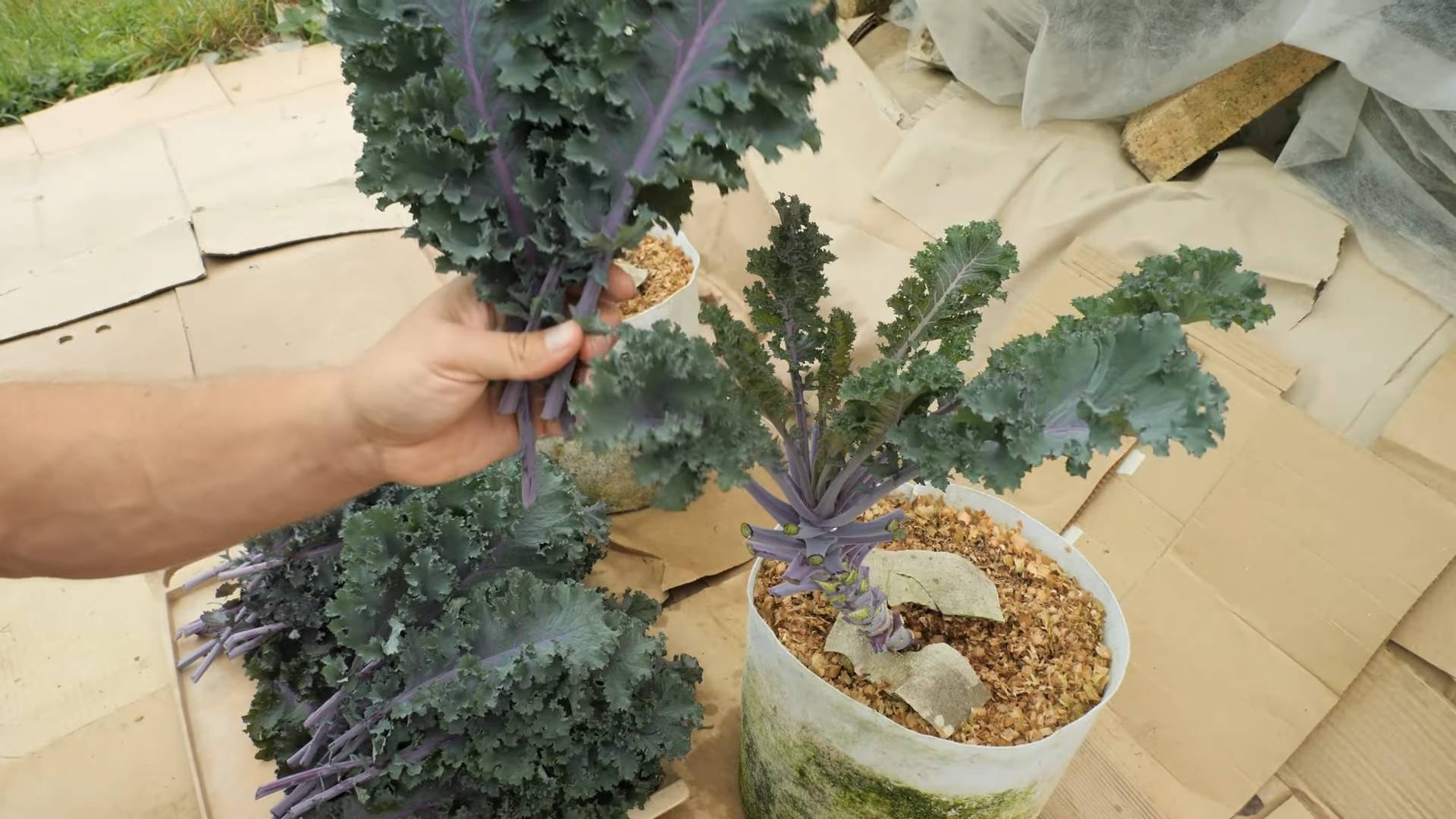
Growing Kale at Home: A Beginner’s Guide
Hey there, fellow gardening enthusiasts! I’m so excited to share my experience with growing kale at home. It’s surprisingly easy, incredibly rewarding, and gives you access to fresh, nutritious greens right in your backyard (or even on your balcony!). Kale is a superfood powerhouse, packed with vitamins and minerals, and it’s incredibly versatile in the kitchen. So, let’s dive in and get our hands dirty!
Choosing Your Kale Variety
Before we even think about planting, we need to decide what kind of kale we want to grow. There are tons of different varieties, each with its own unique flavor, texture, and appearance. Here are a few of my favorites:
* Curly Kale (Scotch Kale): This is probably the most common type of kale you’ll find. It has tightly curled, frilly leaves and a slightly bitter flavor that mellows out when cooked.
* Lacinato Kale (Dinosaur Kale or Tuscan Kale): This variety has long, narrow, dark green leaves with a bumpy texture. It’s also known as dinosaur kale because the leaves resemble dinosaur skin! It has a milder, slightly sweeter flavor than curly kale.
* Red Russian Kale: This kale has flat, fringed leaves with purple stems and veins. It’s a beautiful and delicious variety with a slightly sweet and peppery flavor.
* Redbor Kale: This is another visually stunning kale with deeply ruffled, purple-red leaves. It’s a bit tougher than other varieties but holds up well in cooking.
I recommend trying a few different varieties to see which ones you like best. You can find seeds or seedlings at your local garden center or online.
Starting from Seed vs. Seedlings
You have two main options for starting your kale: from seed or from seedlings (also known as transplants). Both have their pros and cons:
* Starting from Seed: This is the more economical option, as a packet of seeds is much cheaper than buying individual seedlings. It also gives you more control over the entire growing process. However, it requires a bit more time and effort, as you’ll need to start the seeds indoors a few weeks before the last frost.
* Starting from Seedlings: This is the easier and faster option, as you can simply transplant the seedlings directly into your garden. It’s a great choice if you’re short on time or don’t have a lot of experience with starting seeds. However, it can be more expensive, and you may have fewer variety options.
I personally prefer to start my kale from seed, but if you’re a beginner, starting with seedlings is perfectly fine.
Preparing the Soil
Kale thrives in well-drained, fertile soil with a pH between 6.0 and 7.5. Before planting, it’s important to prepare the soil properly. Here’s what I do:
1. Clear the Area: Remove any weeds, rocks, or debris from the planting area.
2. Amend the Soil: Kale is a heavy feeder, so it needs plenty of nutrients. I like to amend the soil with compost, well-rotted manure, or other organic matter. This will improve drainage, add nutrients, and help the soil retain moisture.
3. Loosen the Soil: Use a garden fork or tiller to loosen the soil to a depth of at least 12 inches. This will allow the roots to penetrate easily and access nutrients.
4. Smooth the Surface: Rake the soil smooth to create a level planting surface.
Planting Your Kale
Now comes the fun part – planting! Here’s how to plant kale, whether you’re starting from seed or seedlings:
Planting from Seed
1. Sow Seeds Indoors (Optional): If you’re starting your seeds indoors, sow them 6-8 weeks before the last expected frost. Plant the seeds about 1/4 inch deep in seed-starting trays or pots filled with seed-starting mix. Keep the soil moist and warm (around 70°F) until the seeds germinate.
2. Harden Off Seedlings: Before transplanting your seedlings outdoors, you’ll need to harden them off. This means gradually exposing them to outdoor conditions over a period of 7-10 days. Start by placing them in a sheltered spot for a few hours each day, gradually increasing the amount of time they spend outdoors.
3. Direct Sow Seeds Outdoors: If you’re direct sowing your seeds outdoors, wait until the soil has warmed up to at least 50°F. Plant the seeds about 1/2 inch deep and 1-2 inches apart in rows that are 18-24 inches apart.
4. Thin Seedlings: Once the seedlings have emerged and have a few true leaves, thin them to 12-18 inches apart. This will give them enough space to grow and prevent overcrowding.
Planting Seedlings
1. Dig Holes: Dig holes that are slightly larger than the root balls of your seedlings. Space the holes 12-18 inches apart in rows that are 18-24 inches apart.
2. Remove Seedlings from Pots: Gently remove the seedlings from their pots, being careful not to damage the roots.
3. Plant Seedlings: Place the seedlings in the holes and backfill with soil. Make sure the top of the root ball is level with the soil surface.
4. Water Thoroughly: Water the seedlings thoroughly after planting to help them establish their roots.
Caring for Your Kale
Once your kale is planted, it’s important to provide it with the proper care to ensure a healthy and bountiful harvest. Here are some tips:
* Watering: Kale needs consistent moisture, especially during hot, dry weather. Water deeply whenever the top inch of soil feels dry. Avoid overwatering, as this can lead to root rot.
* Fertilizing: Kale is a heavy feeder, so it benefits from regular fertilization. I like to use a balanced organic fertilizer every few weeks. You can also side-dress with compost or well-rotted manure.
* Weeding: Keep the area around your kale plants free of weeds. Weeds compete with kale for nutrients and water.
* Mulching: Apply a layer of mulch around your kale plants to help retain moisture, suppress weeds, and regulate soil temperature. I like to use straw, wood chips, or shredded leaves.
* Pest Control: Kale can be susceptible to a few pests, such as aphids, cabbage worms, and flea beetles. Inspect your plants regularly and take action if you see any signs of infestation. You can use organic pest control methods, such as insecticidal soap, neem oil, or hand-picking the pests off the plants.
* Protecting from Cold: Kale is a cold-hardy crop, but it can still be damaged by extreme cold. If you live in an area with harsh winters, you can protect your kale plants by covering them with row covers or a cold frame.
Harvesting Your Kale
You can start harvesting kale leaves as soon as they are large enough to eat, usually about 6-8 weeks after planting. Here’s how to harvest kale:
1. Harvest Outer Leaves: Start by harvesting the outer, older leaves. Leave the inner, younger leaves to continue growing.
2. Cut or Snap Leaves: You can either cut the leaves off with a knife or scissors, or simply snap them off with your hands.
3. Harvest Regularly: Harvest your kale regularly to encourage continued growth. The more you harvest, the more the plant will produce.
4. Wash and Store: Wash the kale leaves thoroughly and store them in the refrigerator in a plastic bag or container. They will keep for several days.
Enjoying Your Kale
Now that you’ve harvested your kale, it’s time to enjoy it! Kale is incredibly versatile and can be used in a variety of dishes. Here are a few of my favorite ways to eat kale:
* Salads: Massage kale leaves with olive oil and lemon juice to soften them and make them more palatable for salads.
* Smoothies: Add kale to your smoothies for a boost of nutrients.
* Soups and Stews: Kale adds a hearty and nutritious element to soups and stews.
* Sautéed: Sauté kale with garlic and olive oil for a simple and delicious side dish.
* Baked Kale Chips: Toss kale leaves with olive oil and salt and bake them in the oven for crispy and healthy kale chips.
Growing kale at home is a rewarding experience that provides you with fresh, nutritious greens all season long. With a little bit of effort, you can enjoy a bountiful harvest of this superfood right in your own backyard. Happy gardening!
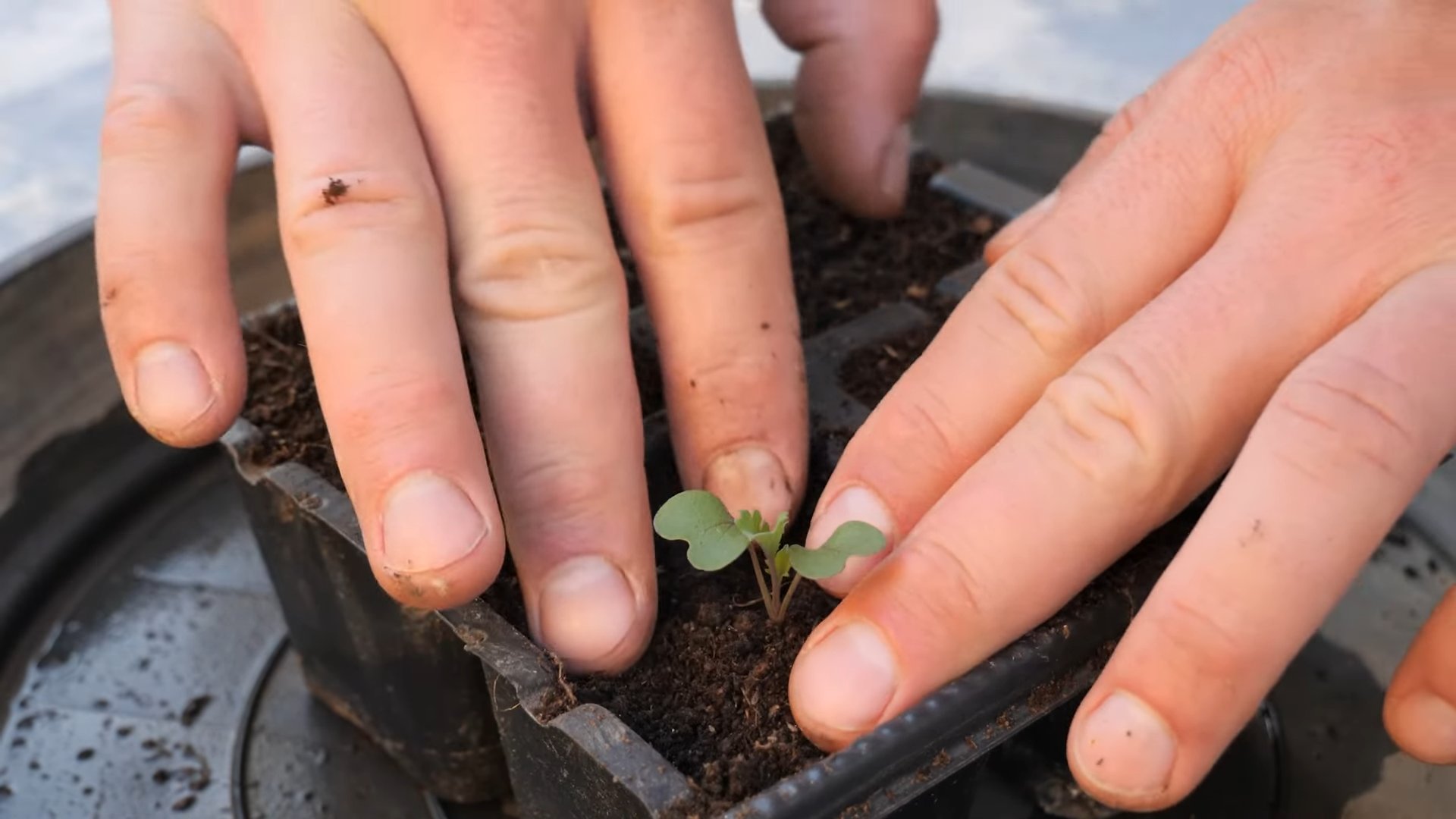
Conclusion
So, there you have it! Growing kale at home isn’t just a trendy gardening fad; it’s a genuinely rewarding experience that puts fresh, nutritious greens right at your fingertips. We’ve walked you through the simple steps, from selecting the right seeds to harvesting your bountiful crop. But why is this DIY trick a must-try?
Firstly, consider the unparalleled freshness. Store-bought kale, even when organic, can’t compete with the vibrant flavor and crisp texture of kale harvested moments before it hits your plate. You control the entire process, ensuring no harmful pesticides or chemicals come near your precious greens. This is especially important for those prioritizing a clean and healthy diet.
Secondly, think about the cost savings. While the initial investment in seeds and perhaps some basic gardening supplies might seem like a hurdle, the long-term benefits far outweigh the expense. A single packet of kale seeds can yield a continuous supply of greens for months, even years, depending on the variety and your growing conditions. Compare that to the weekly cost of buying kale at the grocery store, and the savings quickly add up.
Thirdly, and perhaps most importantly, growing kale at home is incredibly empowering. It connects you to the natural world, fosters a sense of accomplishment, and provides a tangible way to contribute to a more sustainable lifestyle. There’s something deeply satisfying about nurturing a plant from seed to harvest, knowing you’ve played an active role in providing healthy food for yourself and your family.
But the fun doesn’t stop there! Feel free to experiment with different varieties of kale. Curly kale is a classic choice, but you might also try Lacinato (dinosaur) kale for its unique texture and flavor, or Red Russian kale for its beautiful color and slightly sweeter taste. You can also explore different growing methods. If you’re short on space, consider growing kale in containers on your balcony or patio. For those with larger gardens, companion planting kale with herbs like rosemary or thyme can help deter pests and enhance its flavor.
Another variation to consider is succession planting. By planting new seeds every few weeks, you can ensure a continuous harvest throughout the growing season. This is particularly useful if you’re a heavy kale consumer or want to share your bounty with friends and neighbors.
Don’t be afraid to get creative with your kale! Use it in smoothies, salads, soups, stir-fries, or even bake it into crispy kale chips. The possibilities are endless.
We wholeheartedly encourage you to give this DIY trick a try. It’s easier than you might think, and the rewards are well worth the effort. Once you’ve experienced the joy of harvesting your own fresh kale, you’ll never look at store-bought greens the same way again.
So, grab some seeds, get your hands dirty, and start growing your own delicious and nutritious kale today! And most importantly, we want to hear about your experience. Share your tips, tricks, and photos with us in the comments below. Let’s build a community of home kale growers and inspire others to embrace the joys of gardening. Happy growing!
Frequently Asked Questions (FAQ)
What is the best time of year to plant kale?
The best time to plant kale depends on your climate. In general, kale is a cool-season crop, meaning it thrives in temperatures between 60°F and 70°F. For spring planting, start seeds indoors 6-8 weeks before the last expected frost. You can transplant them outdoors once the soil has warmed up and the risk of frost has passed. For fall planting, sow seeds directly into the garden in late summer or early fall, about 6-8 weeks before the first expected frost. Kale can tolerate light frosts and even tastes sweeter after a frost. In warmer climates, you can grow kale throughout the winter.
How much sunlight does kale need?
Kale needs at least 6 hours of sunlight per day to thrive. Choose a sunny location in your garden that receives direct sunlight for most of the day. If you’re growing kale in containers, make sure to place them in a sunny spot. If you live in a very hot climate, some afternoon shade can be beneficial to prevent the leaves from scorching.
What kind of soil is best for growing kale?
Kale prefers well-drained soil that is rich in organic matter. Before planting, amend your soil with compost or aged manure to improve its fertility and drainage. Kale also prefers a slightly acidic to neutral soil pH, between 6.0 and 7.0. You can test your soil pH with a home testing kit and amend it accordingly if necessary.
How often should I water kale?
Water kale regularly, especially during dry periods. Keep the soil consistently moist, but not waterlogged. Water deeply at the base of the plants, avoiding wetting the leaves, which can increase the risk of fungal diseases. Mulching around the plants can help retain moisture in the soil and suppress weeds.
What are some common pests and diseases that affect kale?
Some common pests that affect kale include aphids, cabbage worms, flea beetles, and slugs. You can control these pests with organic methods such as handpicking, insecticidal soap, or Bacillus thuringiensis (Bt). Common diseases that affect kale include black rot, downy mildew, and clubroot. To prevent these diseases, choose disease-resistant varieties, practice crop rotation, and avoid overhead watering. Ensure good air circulation around the plants to reduce humidity.
How do I harvest kale?
You can start harvesting kale leaves once they are about 6-8 inches long. Harvest the outer leaves first, leaving the inner leaves to continue growing. You can harvest kale continuously throughout the growing season. To harvest, simply cut or snap off the leaves at the base of the stem.
Can I grow kale in containers?
Yes, you can definitely grow kale in containers. Choose a container that is at least 12 inches deep and wide to allow the roots to grow properly. Use a well-draining potting mix and make sure the container has drainage holes. Water regularly and fertilize every few weeks with a balanced fertilizer.
How do I store kale after harvesting?
To store kale after harvesting, wash the leaves thoroughly and dry them completely. You can store kale in a plastic bag in the refrigerator for up to a week. For longer storage, you can blanch the kale leaves for 2-3 minutes and then freeze them.
Is kale a good source of nutrients?
Yes, kale is an excellent source of nutrients. It is packed with vitamins A, C, and K, as well as calcium, iron, and antioxidants. Kale is also a good source of fiber and is low in calories. Incorporating kale into your diet can provide numerous health benefits.
Can I eat the stems of kale?
Yes, you can eat the stems of kale, but they can be tough and fibrous. To make them more palatable, remove the leaves and chop the stems into small pieces. You can then sauté, steam, or roast them. Alternatively, you can add the stems to soups or stews for added flavor and nutrients.
How can I make kale taste better?
Some people find kale to be bitter, but there are several ways to make it taste better. Massaging kale with olive oil and lemon juice can help break down the tough fibers and make it more tender. You can also add kale to dishes with strong flavors, such as garlic, ginger, or chili peppers. Roasting kale can also bring out its natural sweetness.
What are some creative ways to use kale in recipes?
Kale is a versatile ingredient that can be used in a variety of recipes. You can add it to smoothies, salads, soups, stir-fries, and omelets. You can also bake it into crispy kale chips or use it as a topping for pizza. Get creative and experiment with different ways to incorporate kale into your favorite dishes.

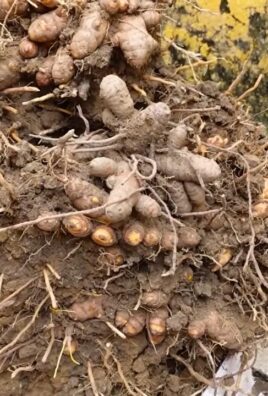
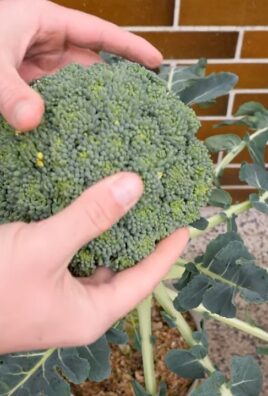
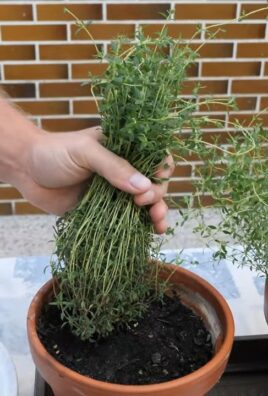
Leave a Comment